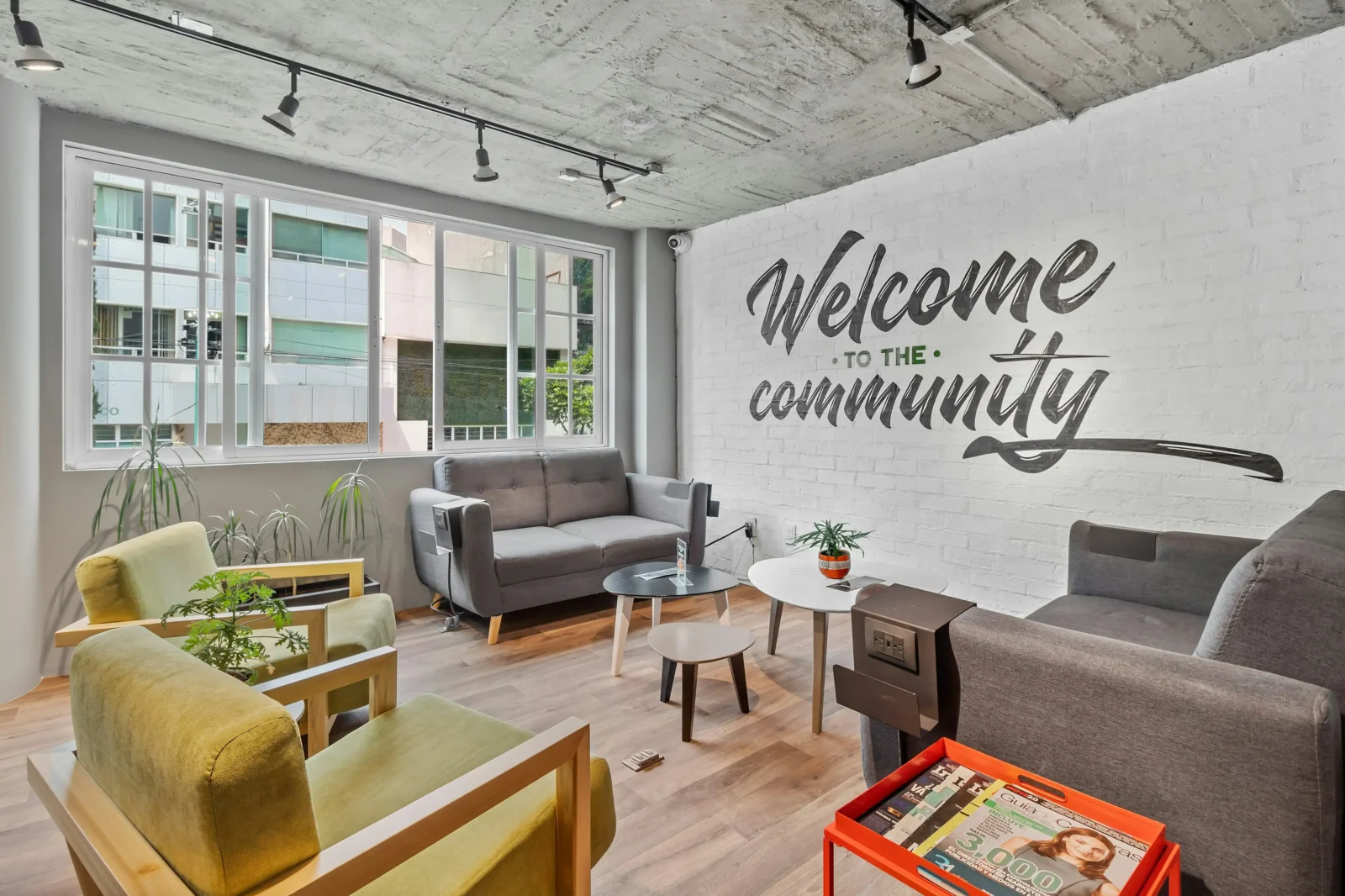- Home
- Articles
- Architectural Portfolio
- Architectral Presentation
- Inspirational Stories
- Architecture News
- Visualization
- BIM Industry
- Facade Design
- Parametric Design
- Career
- Landscape Architecture
- Construction
- Artificial Intelligence
- Sketching
- Design Softwares
- Diagrams
- Writing
- Architectural Tips
- Sustainability
- Courses
- Concept
- Technology
- History & Heritage
- Future of Architecture
- Guides & How-To
- Art & Culture
- Projects
- Interior Design
- Competitions
- Jobs
- Store
- Tools
- More
- Home
- Articles
- Architectural Portfolio
- Architectral Presentation
- Inspirational Stories
- Architecture News
- Visualization
- BIM Industry
- Facade Design
- Parametric Design
- Career
- Landscape Architecture
- Construction
- Artificial Intelligence
- Sketching
- Design Softwares
- Diagrams
- Writing
- Architectural Tips
- Sustainability
- Courses
- Concept
- Technology
- History & Heritage
- Future of Architecture
- Guides & How-To
- Art & Culture
- Projects
- Interior Design
- Competitions
- Jobs
- Store
- Tools
- More
Exploring Kengo Kuma Architects Works: Nature-Inspired Designs and Sustainability
Discover the transformative architecture of Kengo Kuma, where traditional Japanese aesthetics meet modern sustainability. This article explores his notable projects, such as the Nagasaki Prefectural Art Museum and V&A Dundee, highlighting his innovative use of natural materials and commitment to harmonizing built environments with nature.

Kengo Kuma‘s architectural masterpieces blend seamlessly with their surroundings, showcasing a unique harmony between nature and design. As we explore his works, we’ll discover how he redefines traditional Japanese architecture while embracing modern techniques. Each project reflects a deep respect for the environment, creating spaces that resonate with both beauty and functionality.
From cultural institutions to residential spaces, Kuma’s innovative approach invites us to rethink the relationship between architecture and the natural world. His commitment to sustainability and craftsmanship shines through, making his buildings not just structures but experiences. Join us as we delve into the world of Kengo Kuma and uncover the stories behind his most iconic works.

Table of Contents
ToggleOverview of Kengo Kuma Architects
Kengo Kuma Architects emphasizes harmony between built environments and nature through innovative designs. Each project exemplifies a commitment to sustainability, reflecting natural materials and local cultural elements. With an extensive portfolio, Kuma’s works include cultural institutions, commercial buildings, and residential spaces.

Kuma’s approach to architecture involves blending traditional Japanese aesthetics with contemporary techniques. This results in structures that respect their surroundings and enhance the user experience. Notable projects include the Nagasaki Prefectural Art Museum and the Suntory Museum of Art, both showcasing profound connections to local history and nature.
We recognize Kuma’s dedication to environmentally friendly practices. His use of timber, stone, and other natural materials reduces carbon footprints and promotes sustainability. The firm actively enhances community engagement, creating open spaces that invite public interaction.
Kengo Kuma Architects continues to inspire with its projects, merging artistry and functionality. Each endeavor not only addresses structural integrity but also nurtures emotional connections within the environment.
Notable Projects by Kengo Kuma
Kengo Kuma’s architectural works span various international and domestic projects, each showcasing his unique approach to harmonizing structures with their surroundings.

International Projects
- V&A Dundee – This design exemplifies Kuma’s approach to bridging the gap between nature and architecture. The museum incorporates local materials like Scottish stone and aims to reflect the landscape of the surrounding area, achieving a seamless integration with the waterfront.
- Celestia – Located in France, this innovative building embodies sustainability through its use of natural materials and eco-friendly practices. The design incorporates extensive greenery, fostering a connection with the environment and creating a tranquil urban space.
- The Dubai Creek Tower – A striking piece of architecture, the tower integrates cultural elements of the region while utilizing cutting-edge technology. The design emphasizes lightness and transparency, aligning with Kuma’s philosophy of creating structures that resonate with their environment.
Domestic Projects
- Nagasaki Prefectural Art Museum – This project stands as an example of Kuma’s ability to weave traditional Japanese aesthetics with modern design. Its use of wood and stone complements the surrounding landscape while respecting the site’s historical context.
- Nikko Tamozawa Imperially-designated Heritage Buildings – This restoration project preserves the integrity of historical structures while emphasizing sustainability. Kuma’s careful attention to detail ensures a harmonious blend with the natural site, showcasing the beauty of Japan’s architectural heritage.
- Asakusa Culture and Tourism Center – Functioning as a gateway to Asakusa, this project exemplifies Kuma’s dedication to community engagement. The center invites interaction through open spaces, making it a vibrant part of the urban fabric while highlighting local cultural significance.
Design Philosophy of Kengo Kuma
Kengo Kuma’s design philosophy emphasizes the harmonious relationship between architecture and nature. His innovative approach blends traditional Japanese aesthetics with modern techniques, creating spaces that resonate with their surroundings.

Use of Natural Materials
Kuma prioritizes natural materials such as wood and stone in his projects. These materials create warmth and authenticity while reducing environmental impact. For instance, in the design of the V&A Dundee, local Scottish stone integrates seamlessly into the environment, reflecting the site’s character. This commitment to using regional materials enhances not only aesthetic value but also sustainability, fostering economic ties to local resources.
Integration with Environment
Kuma’s work thrives on integrating architectural structures with their surroundings. He designs spaces that encourage interaction between people and nature. The Nagasaki Prefectural Art Museum exemplifies this approach, featuring open spaces that invite public engagement while providing views of the natural landscape. By incorporating elements such as green roofs and natural light, Kuma’s designs promote environmental harmony, ensuring that buildings enhance rather than disrupt their ecosystems.
Awards and Recognitions
Kengo Kuma’s architectural prowess has garnered numerous awards and recognitions, reinforcing his status as a leader in contemporary design.

- 2019 AIA Gold Medal: This prestigious honor recognizes Kuma’s lifetime achievements and his significant contributions to architecture.
- 2020 RIBA International Fellowship: The Royal Institute of British Architects awarded this fellowship to honor Kuma’s influence and vision in global architecture.
- 2021 German Design Award: Nominated for his innovative approaches, Kuma gained recognition for enhancing culture through design.
- 2022 A+Awards: The Architectural League of New York acknowledged his work on the V&A Dundee with this esteemed award, highlighting his capability to connect architecture with its environment.
Kuma’s projects frequently receive accolades for their sustainability and community engagement. Notable mentions include:
| Year | Award | Project |
|---|---|---|
| 2013 | Japan Institute of Architects Award | Asakusa Culture and Tourism Center |
| 2015 | Good Design Award | Nagasaki Prefectural Art Museum |
| 2018 | WAN Awards | Celestia, France |
Kuma’s recognition extends beyond Japan, with global accolades that affirm the international impact of his designs. Each award represents our commitment to blending architecture with environmental stewardship and cultural sensitivity.
Impact on Contemporary Architecture
Kengo Kuma’s work significantly influences contemporary architecture by promoting a sustainable and human-centric design ethos. We observe how his projects reflect a commitment to integrating natural elements, which creates an immersive experience for users. His innovative use of local materials, such as wood and stone, reduces carbon footprints and fosters environmental stewardship.

Kuma’s architectural philosophy challenges conventional practices, encouraging architects to consider the cultural and historical context of their projects. The restoration of the Nikko Tamozawa Heritage Buildings illustrates this approach, preserving historical integrity while incorporating modern conveniences. Such projects demonstrate how respecting local heritage can enhance contemporary design.
Globally, works like the V&A Dundee have established benchmarks for contextually relevant architecture. The museum’s design, which uses local Scottish stone, provides a visual continuity with its waterfront setting. This practice serves both aesthetic and ecological purposes, bridging history and modernism in urban landscapes.
Kuma’s designs, such as the Asakusa Culture and Tourism Center, prioritize public engagement through open spaces that invite community interaction. By creating vibrant hubs, we see how architecture can foster social connections, enhancing the cultural fabric of urban environments. This focus on community aligns well with contemporary movements advocating for user-centric spaces.
Kuma’s numerous accolades reflect our recognition of his contributions to the field. Honors like the 2019 AIA Gold Medal and the 2020 RIBA International Fellowship highlight his global influence on sustainable design practices. His ability to merge artistry and functionality positions Kuma as a leading figure in the evolution of contemporary architecture.
We appreciate how Kengo Kuma’s visionary work continues to inspire architects worldwide, reshaping our understanding of how built environments can harmonize with nature and community.
Conclusion
Kengo Kuma’s architectural works exemplify a profound commitment to merging design with nature. His innovative use of natural materials and traditional Japanese aesthetics creates spaces that resonate deeply with their surroundings. Projects like the Nagasaki Prefectural Art Museum and the Asakusa Culture and Tourism Center highlight his ability to foster public interaction and community engagement.
Internationally, projects such as V&A Dundee and Celestia reflect Kuma’s adaptability and dedication to sustainability. By incorporating local materials and cultural elements, he establishes a connection between architecture and its context. Designs like Dubai Creek Tower combine modern technology with regional traditions, showcasing both lightness and transparency.
Kuma’s awards, including the AIA Gold Medal and RIBA International Fellowship, acknowledge his leadership in promoting sustainable and human-centric design philosophies. His work emphasizes a commitment to reducing environmental impact while enhancing the cultural fabric of urban spaces. We recognize his contributions that not only redefine traditional practices but also create meaningful experiences in architecture.
- Architectural Innovation
- architectural masterpieces
- architecture and nature
- Architecture Inspiration
- Biophilic Design
- eco architecture
- eco-friendly design
- environmental design
- green building
- Japanese architecture
- Kengo Kuma
- Kengo Kuma architecture
- Modern Architecture
- nature in architecture
- nature-based architecture
- nature-inspired design
- sustainability in architecture
- sustainable architecture
- Sustainable Design
- wood architecture
I create and manage digital content for architecture-focused platforms, specializing in blog writing, short-form video editing, visual content production, and social media coordination. With a strong background in project and team management, I bring structure and creativity to every stage of content production. My skills in marketing, visual design, and strategic planning enable me to deliver impactful, brand-aligned results.
Submit your architectural projects
Follow these steps for submission your project. Submission FormLatest Posts
Tips for Creating a Welcoming Home
A welcoming home creates comfort, warmth, and ease from the moment someone...
The Ultimate Home Maintenance Checklist for Every Season
Keeping your home in good condition throughout the year is much easier...
Common Disputes Handled by Estate Litigation Lawyers
According to the 2025 issue of the American Bar Association’s “Probate &...
Modern Japanese Architecture: Tradition Rewired for the Present
Modern Japanese architecture explained: how tradition meets innovation in light, nature, materials,...












Leave a comment